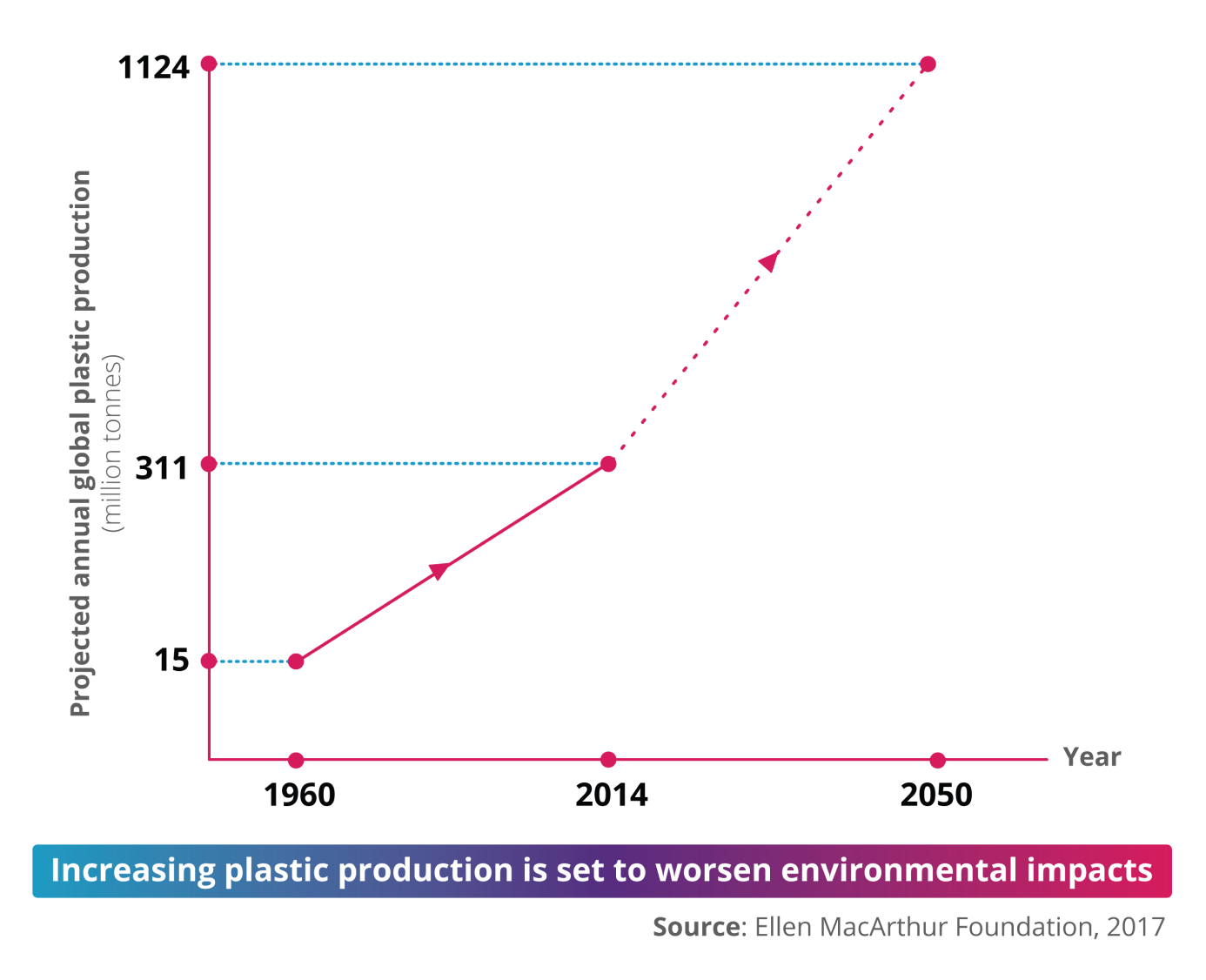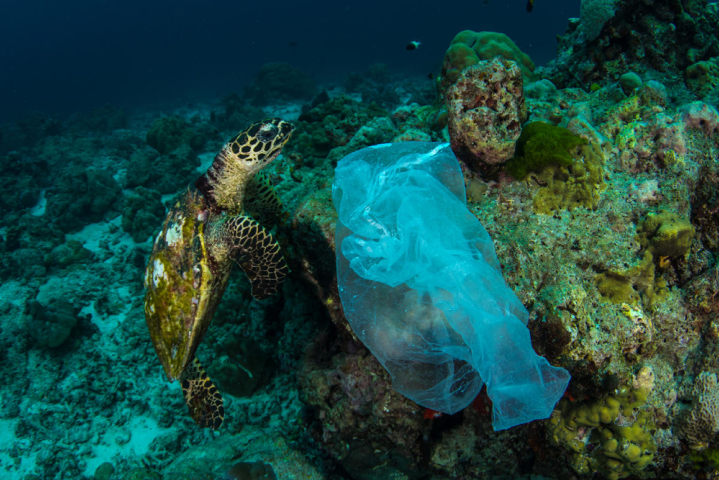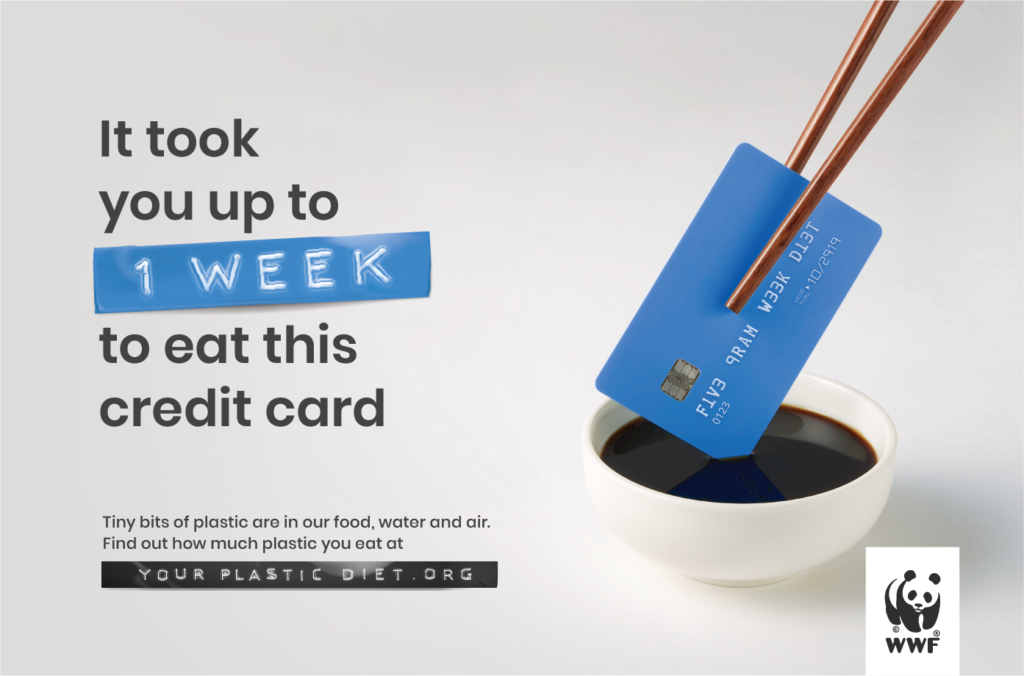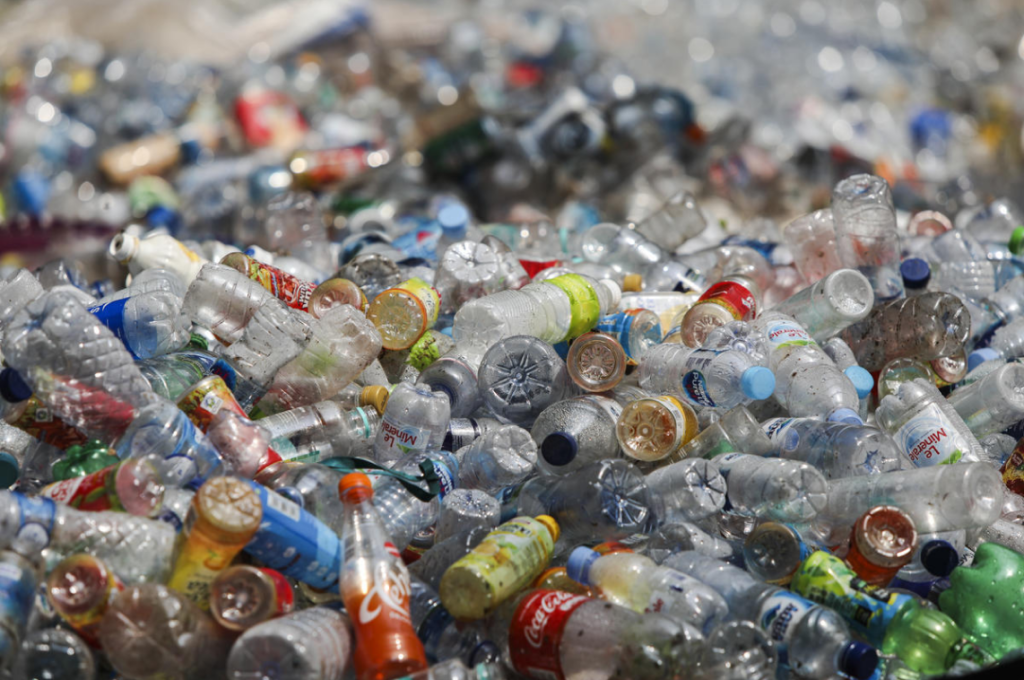The Problem
Plastic is everywhere.
Plastic is everywhere. Over 300 million tonnes of it is produced every year, to be exact. Annual global plastic production has increased by 20 times since 1950, and is projected to triple by 2050. It’s no surprise. After all, plastic is very useful — it helps us transport products and keep them safe for consumption.
Figure 1: Growth in global plastics production 1950-2014

The problem is not plastic, but the way plastic is being used.
Currently, only 4% of all plastics in Singapore get recycled. This means that most plastics are incinerated after just a one-time use, losing 95% of its material value. It also worsens pollution, as incineration and even recycling processes emit greenhouse gases.
That’s why we all need to do our part to extend the lifespan of plastics beyond one single use.

Additionally, poor waste management leads to plastic pollution in the environment. Every year, around 11 million tonnes of plastics leak into the oceans, where it breaks down into microplastics that linger in the waters for hundreds of years.
This affects ecosystems and wildlife terribly. For instance, over 50% of turtles live with plastic in their digestive tract, hurting their ability to swim, hunt for food and avoid threats. It is expected that by 2050, there will be more plastics in the ocean than fishes.
Plastic affects human health, too. It can be found in the air we breathe, the water we drink and the food we eat. The average person consumes about 5 grams of plastic every week – that’s the equivalent of a credit card.
Other harmful results may include unsafe working conditions for the informal waste sector, and air pollution from improper waste management.


Plastic pollution doesn’t have only negative effects on society, but also on the economy. When all this plastic waste washes up on our beaches, it creates an unpleasant sight. Cleaning it up, along with tourism losses, costs the Asia-Pacific region USD 622 million every year.
Plastic debris is also one of the leading causes of equipment damage in the fishing industry, resulting in extreme financial impact — and this doesn’t even take into account the material value lost due to the single-use nature of plastic packaging.
Watch and learn more about the impact of plastic:




